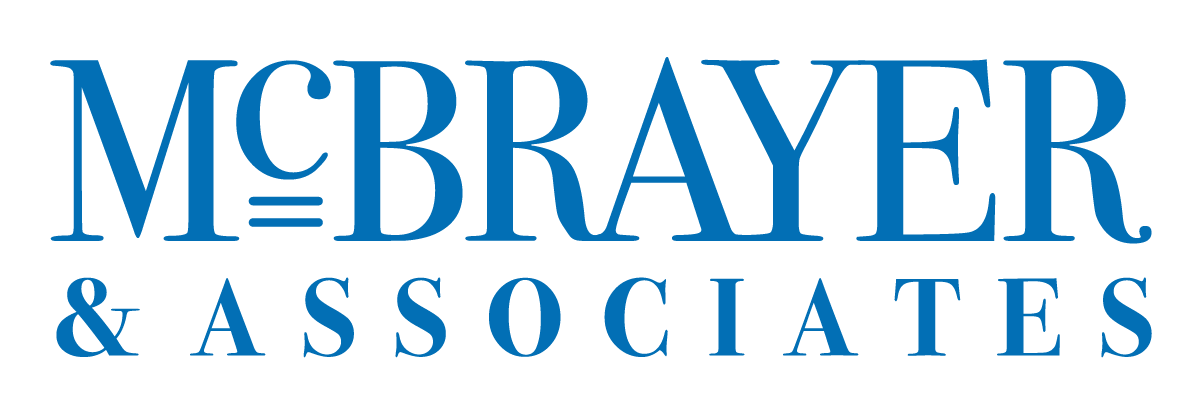How to Avoid One of the Biggest Sales Mistakes

As you would expect, buyers are most receptive to change when they are in crisis mode. When customers are satisfied, they are not receptive to change because there is no need to make a change.
When they’re in crisis mode, however, the opposite is true: urgency has developed, and changes must be made. From this situation comes the political axiom, “Never let a good crisis go to waste!” A decision must be made, and that means we need to position ourselves as salespeople and offer a probable solution.
Although it may seem counterintuitive, the solution is not to try to find buyers who are already in crisis mode. By the time you find buyers who realize they are in crisis, they have generally already moved themselves out of that stage. Once the prospect realizes the crisis, they take appropriate action to solve it. It’s our job to research and predict the approaching crises long before they actually happen.
A Real Life Situation
When challenged by his manager on why his numbers were so poor, a sales representative repeated the old cliché, “You can lead a horse to water, but you can’t make him drink.”
The manager said, “Your job is not to make them drink! Your job is to make them thirsty!”
The question we ask ourselves becomes this: How? How do we make buyers thirsty enough to buy from us? The goal of the salesperson is to move a prospect from satisfied, where no change will happen because no change is needed, to unsatisfied or crisis mode.
Where Do Most Sellers Offer Their Solution?
Most sellers offer their solution as soon as the buyer takes a breath; the first chance they get. This is before a problem is even established and while the buyer still remains in the satisfied slot. This is one of the biggest sales mistakes that people make: they offer their solution too soon.
When the buyer is not even listening to the seller, when the buyer is still gathering his or her thoughts, when the buyer is merely describing the situation, the seller is already taking their best shot. And the saddest thing about this scenario is that even if the shot was aimed correctly, because of the situation and timing, the best proposal was not even heard.
Learning When to Pull the Trigger
When we start selling, we start pushing the buyer away and we break rapport. And it’s hard enough to establish rapport in the first place.
The seller’s job, once s/he has established trust—the first pillar of persuasion—is to position him or herself as a consultant. The second pillar of persuasion is creating urgency through discovery.
Every buyer, like each of us, has a To-Do List. Until our “call to action” moves to the number one slot on this “to do list,” the buyer will not take make a change. Before the prospect enters crisis mode they are not inclined to change because there is no urgency to change, and in fact, no reason to change.
We must wait until the change becomes the buyer’s priority—or until they move into crisis mode—before we offer a solution, because otherwise our suggestions will not even be heard. The trick is learning how to move the buyer into crisis mode in the first place.
